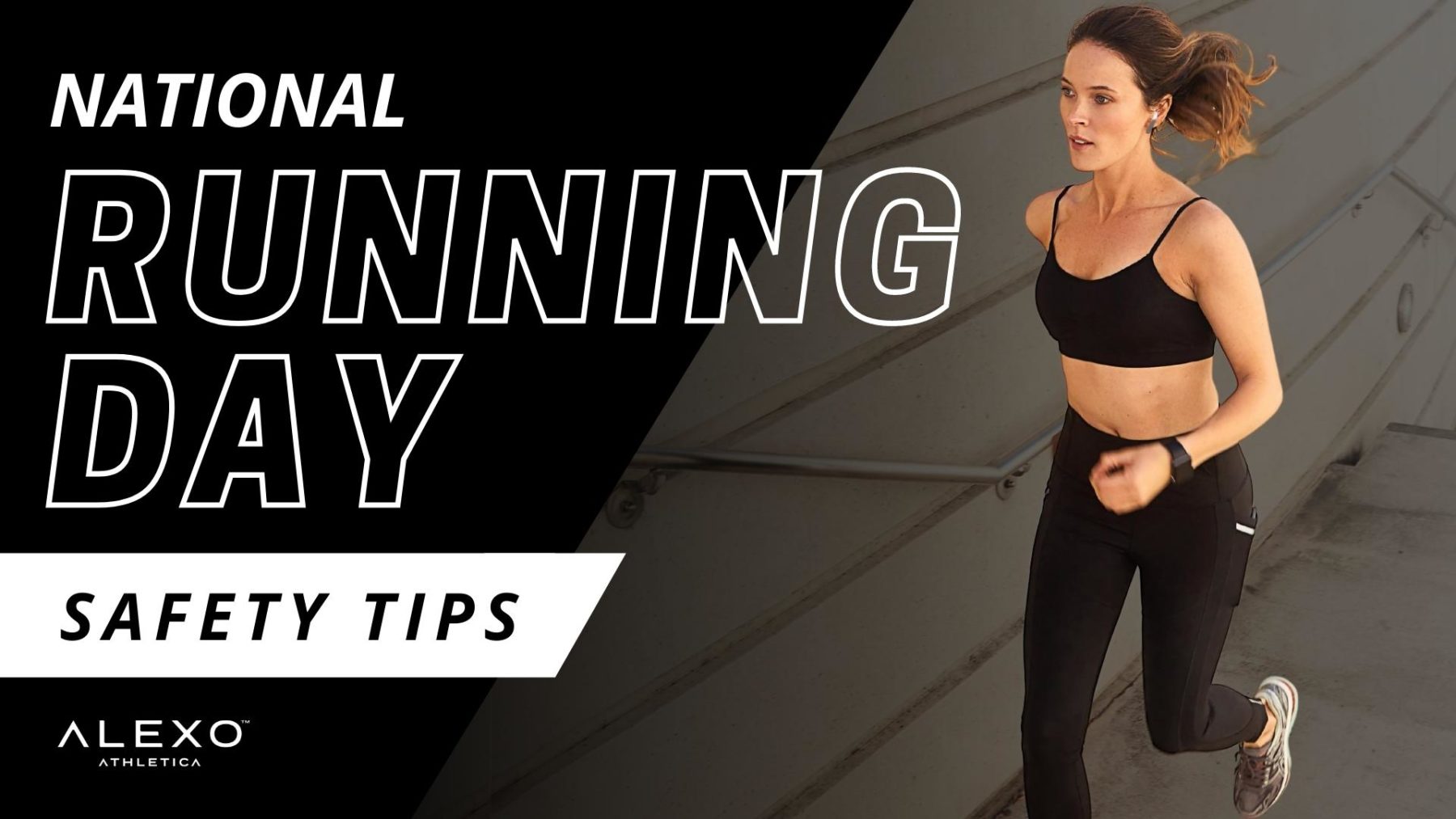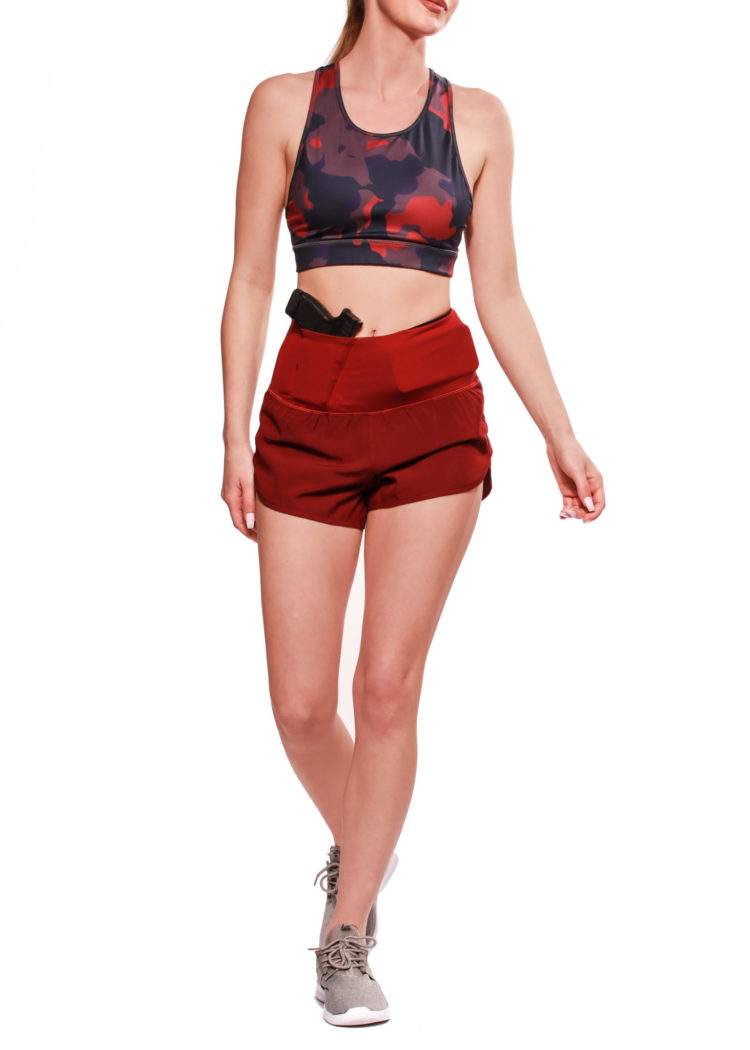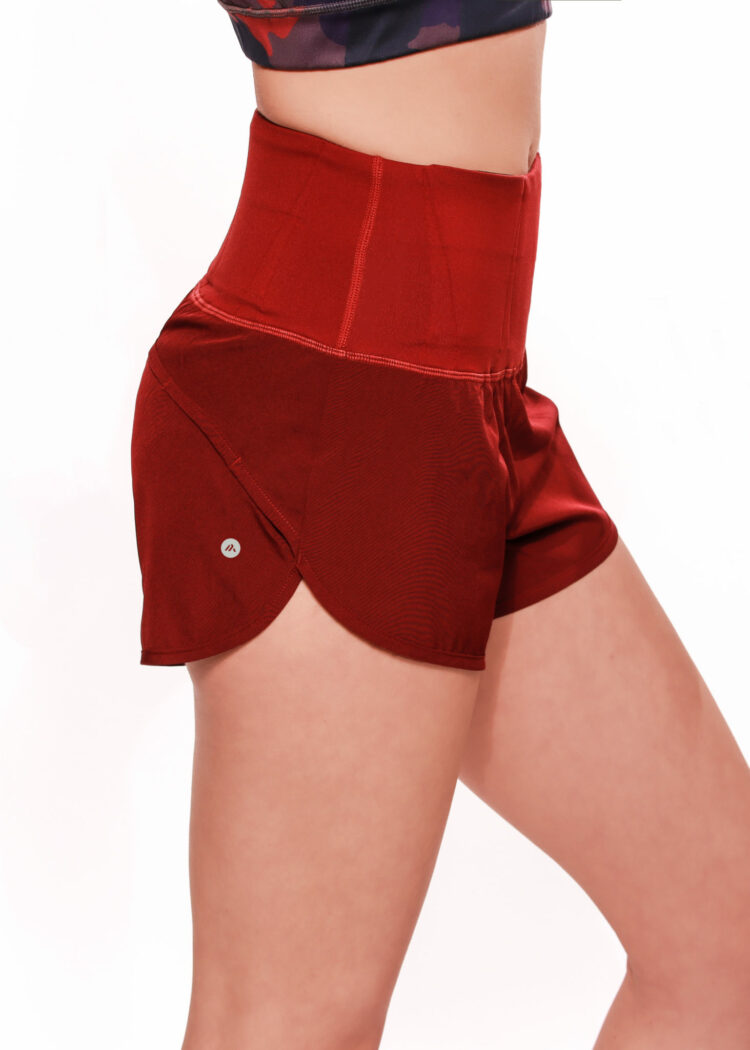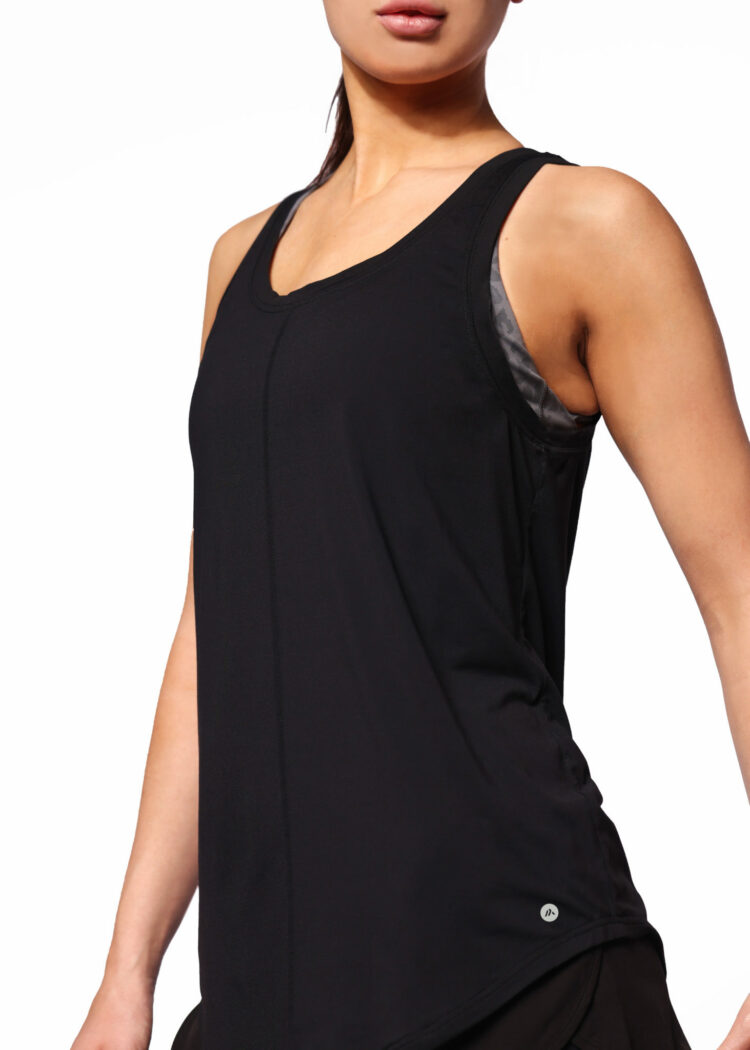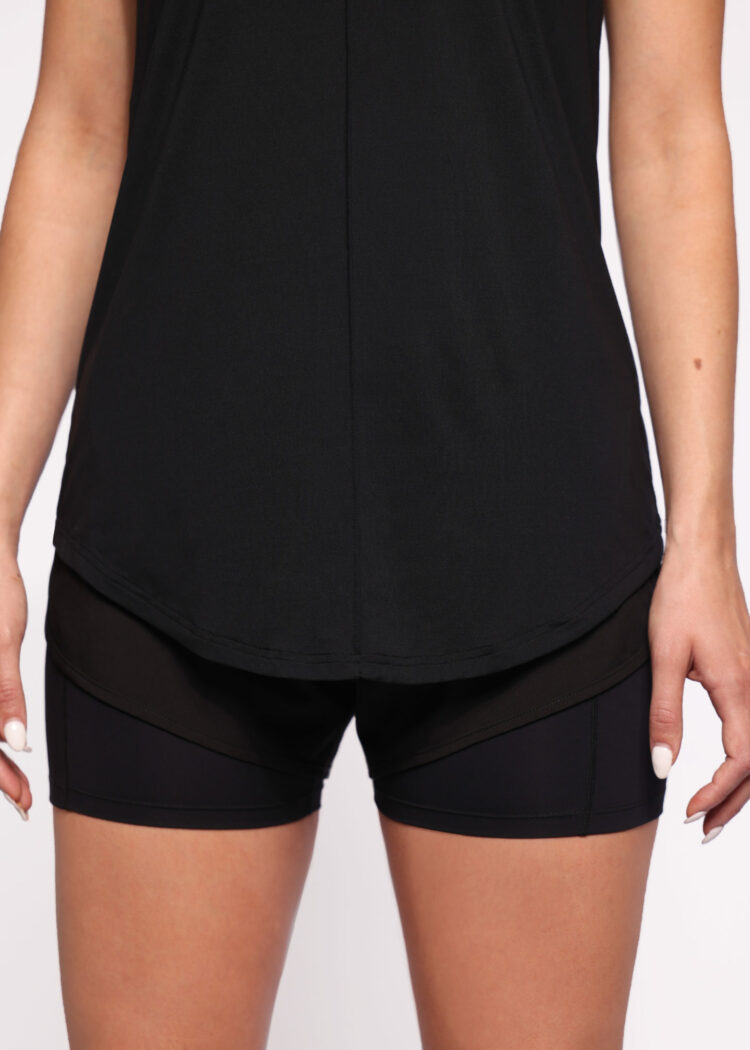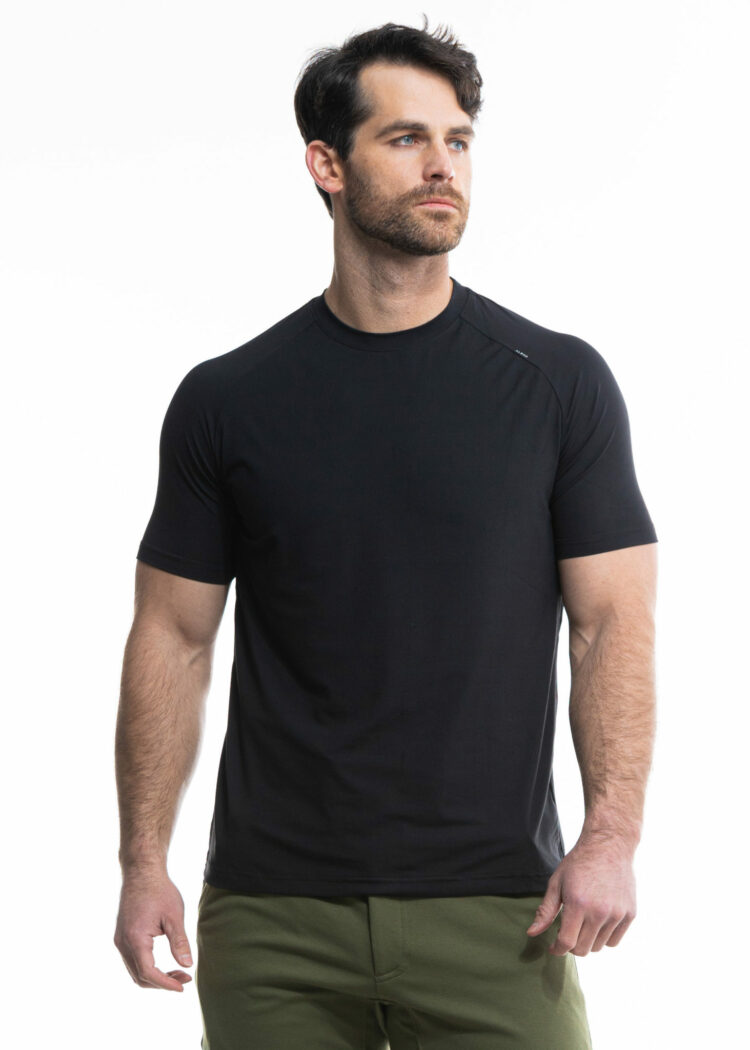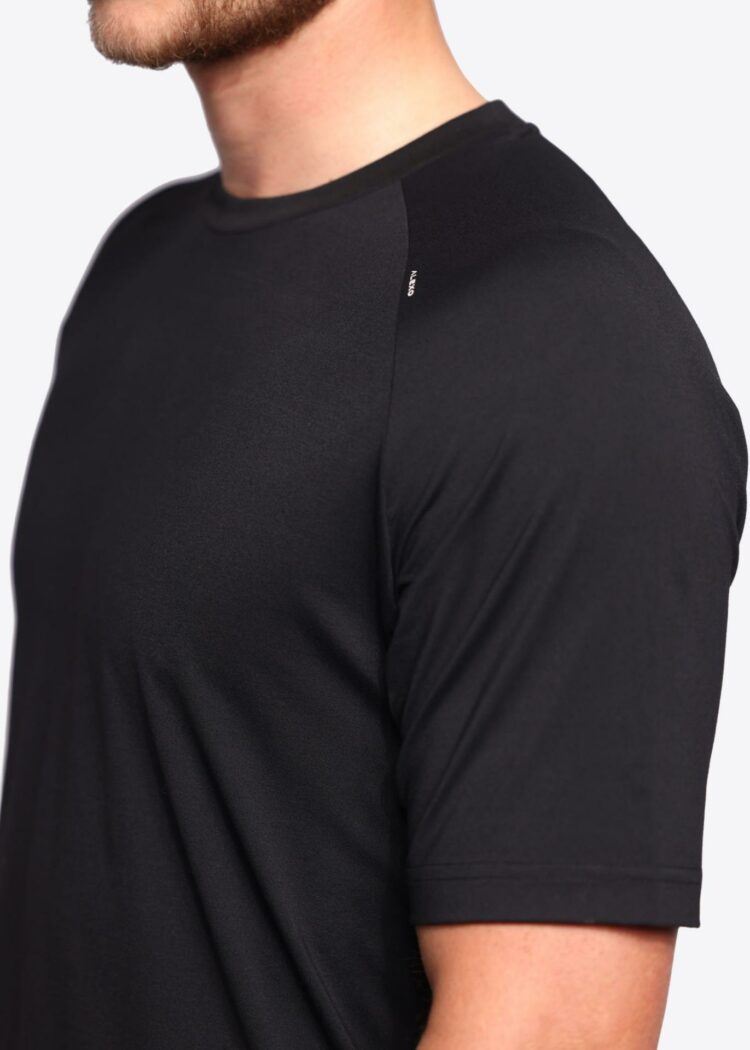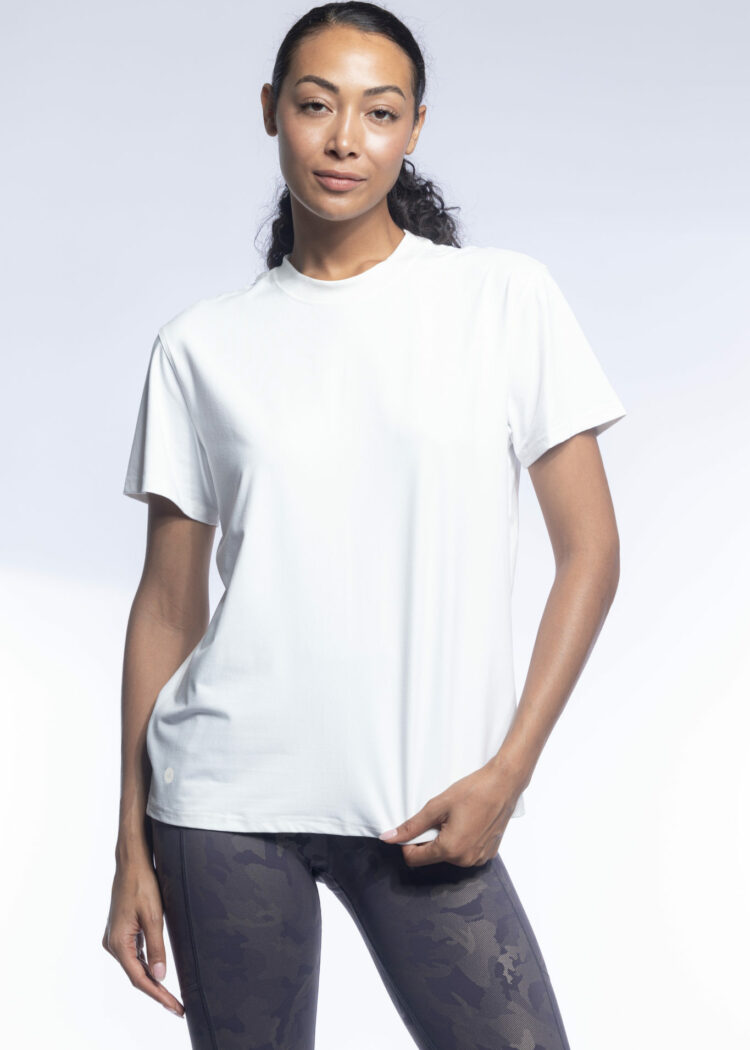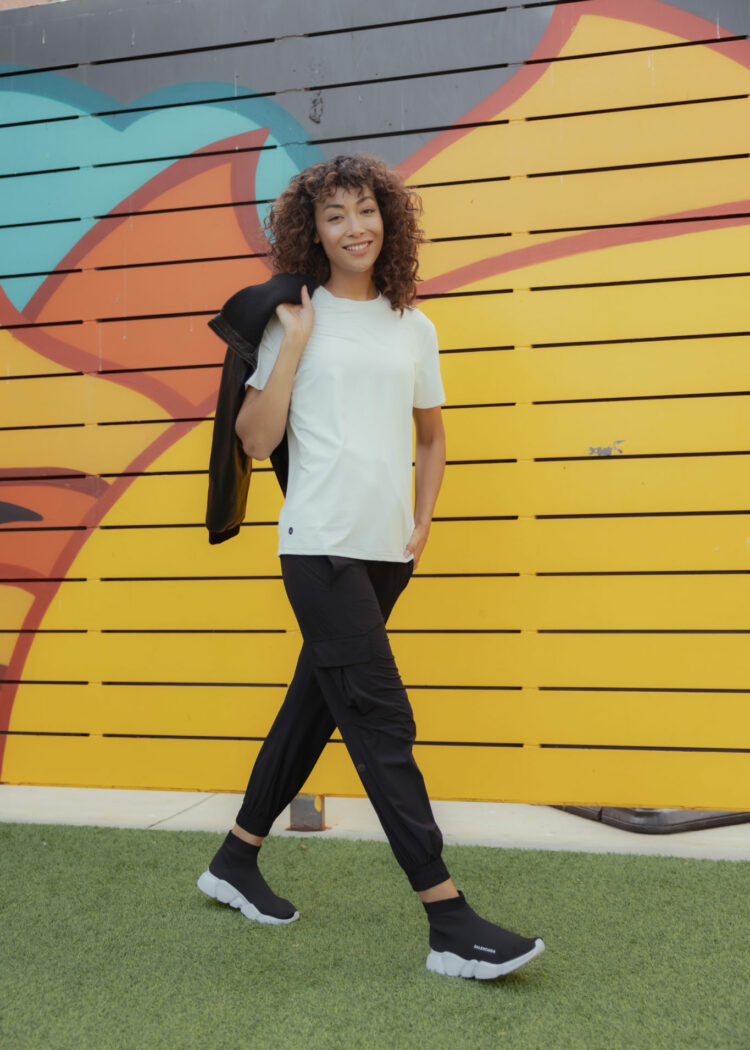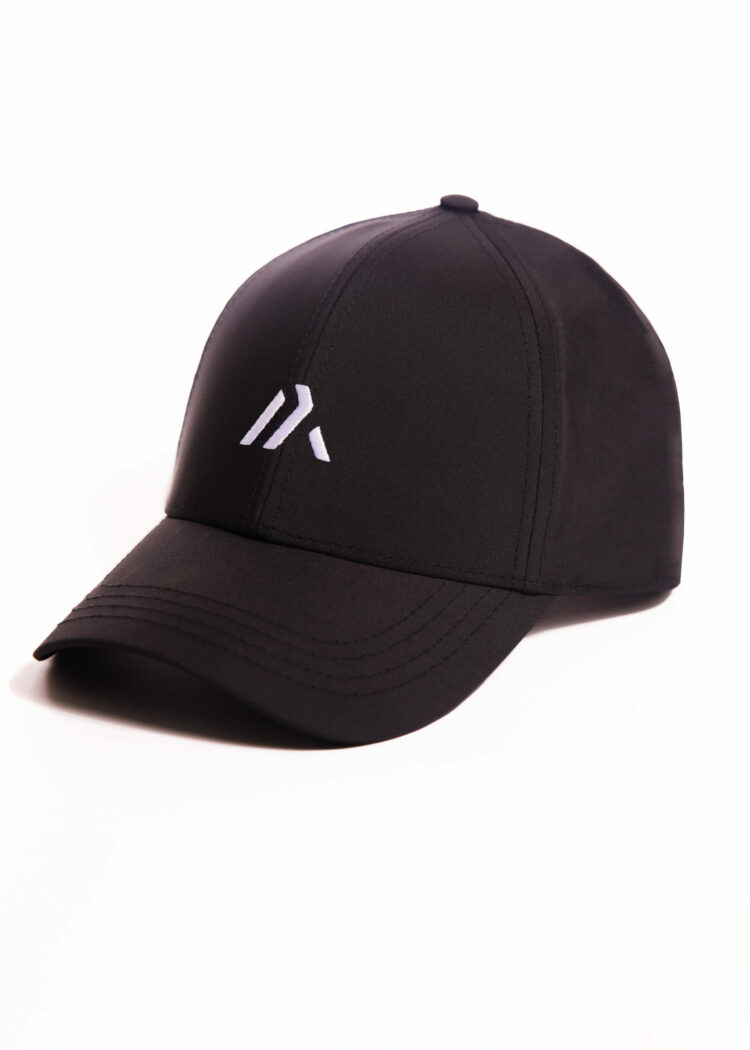News
National Running Day Run Safety Tips
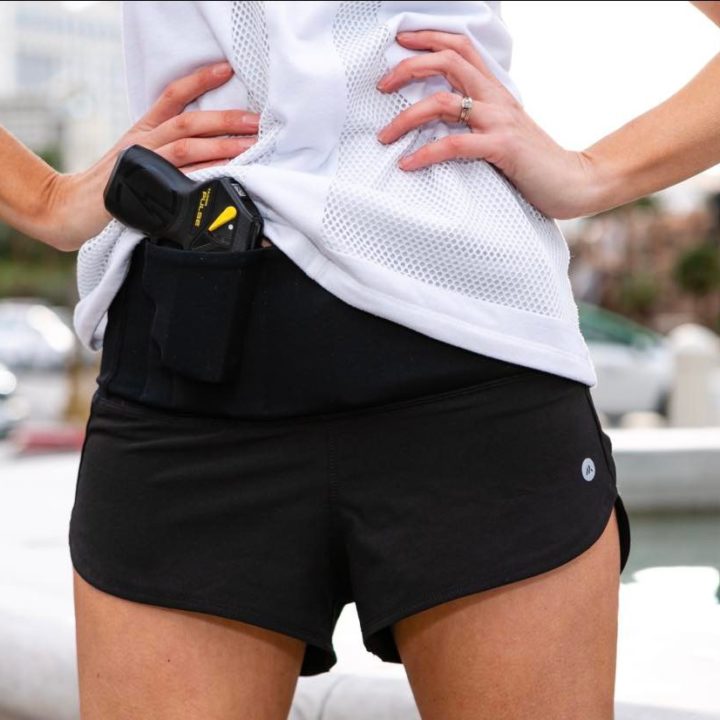
25 Safety Tips for Runners
By Melonie Kennedy
It’s summer time in the Northern Hemisphere and many of us are ready to ditch the treadmill and run outdoors. Whether you’re a veteran marathoner or a new runner, you may be eyeing the roads and trails with both excitement and trepidation. As wonderful as the summer breezes and sunshine may be, we also have safety concerns. That very issue is the reason Alexo Athletica came to be.
When training for a marathon, founder Amy Robbins had a harrowing experience: a pickup truck full of men drove past her, then circled back to harass and catcall her. Thankfully Robbins made it through the event unscathed, but it got her thinking. Where could she get fashionable, functional athletic wear that would allow her to carry a self-defense tool? Unable to find what she was looking for, in 2017 Amy launched Alexo Athletica’s first product – leggings for runners and walkers who want pockets to securely carry everything from ID and a phone to their chosen protection devices. From there, the line has expanded into a variety of garments for women and men, suitable for every day wear and every day carry.
Robbins named the company Alexo Athletica, meaning “to defend and help”, understanding that her products wouldn’t just provide consumers with clothing. Alexo supports people on their journeys to self-reliance by providing them with the apparel needed to build strong bodies and sharp minds. With each product design, Alexo ensures that the wearer’s choice of protection will be at hand as they go about their day.
Comfort and accessibility to all needed tools are especially important for those participating in Global Running Day. Taking place on June 1st, it is a “worldwide celebration of running that encourages people of all ages and abilities to get moving.” Runners and walkers can participate in a virtual 5K or find a local in-person event via the Global Running Day website. No matter how you join in, your safety and wellbeing are key – which means being aware of the many ways we can address safety. It may help to break safety concerns into categories in order to best incorporate them into our fitness activities. These categories are situational awareness skills, behavior and habits, gear and supplies, and general fitness issues.
SITUATIONAL AWARENESS:
Situational awareness is, simply put, the use of our senses to scan our environment in order to assess and identify threats to our safety. It’s the most essential skill we can develop, and it’s non-technical and totally free to work on. Assessing threats can mean something as simple as noticing that a heavy vase is too close to the edge of a high shelf, and moving it to a spot where it’s less likely to fall and injure someone! Where does situational awareness come into play for runners? With the following tips:
- On roads, run facing traffic. This allows you to better see vehicles and be better seen by drivers.
- In parks, stay in recreation lanes that are furthest from vehicular traffic.
- Look both ways before crossing streets. Even when we are obeying crossing signals, we cannot automatically trust that drivers are obeying their signals and watching for pedestrians.
- Know your route and plan for safety! As much as possible, stick to routes that keep you in well-lit, populated areas. Note locations of emergency call boxes, police and park ranger stations, and open businesses along your route; this gives you access to assistance if you are being bothered or are injured in some way on your run.
- Be weather aware. Check the local forecast before heading out; adjust your schedule accordingly if extreme heat or storms threaten. If lightning or ice are an issue, it’s probably your best bet to hit the gym instead of exercising outside that day. Many of us already watch for trip hazards, especially when running on trails, but remember to look up as well. Forested areas mean that limbs can fall from trees, especially on windy days. Keeping an eye to the sky also helps us stay aware of sudden weather changes, particularly for those in tornado-prone areas. (This is where your route planning comes in handy – do you know where to take shelter if bad weather hits?)
- Lastly, avoid use of headphones and your phone on your run. Being able to hear is vital to situational awareness, whether it’s the siren of an emergency vehicle approaching as you cross an intersection or the jingling collar of a dog chasing after you. As for the phone, while we may think we’re able to multitask while chatting with a friend, we’re actually diminishing our focus on our surroundings. Better to check in with them at the beginning and end of the run and keep your eyes and ears focused on your surroundings.
BEHAVIOR AND HABITS:
While situational awareness is one vital habit to build – and one that can serve us every day, no running involved – there are other habits and behaviors we want to examine when it comes to our fitness activities. We can easily adjust our behaviors so we can enjoy our run while limiting the opportunities presented to others who may wish us harm.
- Run with others. While a solo run is often good for the soul, there is safety (and fun) in numbers. If at all possible, run with a friend or a training group, such as the Road Runners Club of America.
- Show confidence as you move – stay tall, focused, engaged with your environment, and aware of your surroundings. Keeping your head up is a huge factor in looking like a hard target versus easy pickings!
- Change up your route. Don’t run at the same time, in the same place, on the same days. If you absolutely can’t change things up due to your schedule, consider sticking to a well-lit track at a school or health club where there are other people and possibly security personnel around.
- Communicate with a trusted person about your chosen route and schedule. Let them know your departure time, where you’ll be, and your anticipated return time. Even something as simple as a twisted ankle can cause significant delays, and having someone who knows to contact or look for you is incredibly important.
- Trust your gut! Women especially may need to work on this, as we are often taught to “be nice, be friendly, and help others”. If something feels off, don’t hesitate to leave an area early, avoid another person, or take other steps to protect yourself. We win every battle that never happens; listen to your intuition and act accordingly.
- Keep your phone concealed. Whether you’re wearing the Alexo Athletica Carry Runners or Springfield Performance CC Joggers, you’ll be able to tuck your cell phone away safely. Not having your phone visible means you’re less likely to become a target of theft, and it keeps your hands free as you move about.
- Stay off social media while running. In addition to being a distraction and unsafe as we move, live-streaming where road signs and landmarks can be seen shares our location, creating opportunities for others to find us. If you are making fitness videos as a brand, consider incorporating a chest or hat-mounted camera to record your footage for posting after your adventures.
- Speaking of your phone, make sure your battery is charged before heading out on your run or walk. (This is particularly important in areas where cell signal is limited; your phone will use more power trying to connect to a cell tower, which drains the battery more quickly.) Having a full battery means a higher likelihood of being able to make calls when you truly need to.
- If you absolutely must make a phone call, find a safe spot to stop and use your phone. Stage yourself where you can see others and are out of their way as well. When you’re done, tuck that phone back away and enjoy the rest of your run!
- If you are approached or verbally harassed, don’t respond – engaging with the harasser may make things worse. Alter your path where you’re able, and be ready to use self-defense skills as needed. If you feel it necessary to contact police, do so only after you’ve gotten yourself to safety. Don’t bother trying to record others if you have the chance to just get away.
- Keep an eye out for others and assist if it’s safe to do so. If you witness a confrontation or injury, call for appropriate emergency assistance first. The first rule of rendering aid is to secure the scene; this keeps you from becoming injured as well. Offering support to others helps build community, but trust your intuition about the situation. If you feel something is awry and meant to draw others into something dangerous, contact authorities and move away.
- Finally, get trained in first aid and find self-defense training that aligns with your personal beliefs and goals. You may decide that a nonlethal tool is best for you or you may choose a firearm for protection. No matter what you select, get trained in the safe storage, transport, and use of the product(s) before carrying them.
GEAR AND SUPPLIES:
Now we’re to what many folks consider the fun stuff! There are so many great products out there for running and every other type of exercise. It can be hard to choose, so let’s just focus on what will keep us safe and sound.
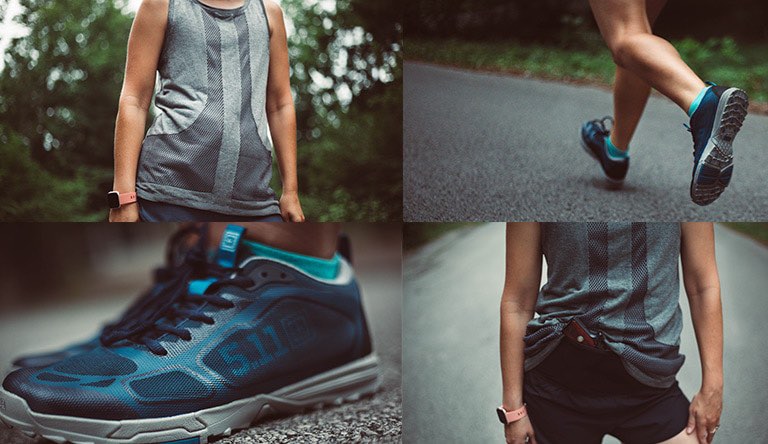
Photo credit Guns.com
- Clothing: Dress accordingly for weather. Look for UV blocking clothing and a comfortable brimmed hat for sunny days. In cooler weather, layers may be necessary, as well as a warmer hat, buff, and some gloves. Clothing should be reflective and help make you visible; a lighted vest may be of interest as well.
- Shoes: Choose shoes that are appropriate to the type of running you’re doing. Road and trail shoes aren’t just named that way for marketing purposes; they truly are made for different types of surfaces. If you choose to run or walk outdoors during winter weather, grip devices like Yaktrax might be a prudent addition to your gear.
- Hairstyle: If you have longer hair, consider pulling it into a bun instead of a ponytail. This cuts down on the chances an assailant can grab you from behind by your hair.
- Hygiene items: Use sunscreen and insect spray as needed. If you normally wear cologne or perfume, you may wish to limit use before running, to cut the number of bugs drawn your way.
- Self-defense tools: If you are not carrying a firearm, another option is the Mace Runner Safety Kit, which includes a personal alarm, a PepperGard Sport pepper spray, and a Muzzle Dog Repellent spray. In some areas, you may want to include bear spray (additional information on dealing with bears can be found on the U.S. National Park Service site).
- If trained in first aid or Stop the Bleed care, carry something like Live The Creed’s EDC Pocket Trauma Kit. This keeps vital supplies right in the pocket of your Alexos should you need them, and transfers easily to a purse, diaper bag, or briefcase after your run.
- Last but not least, don’t forget your identification and any applicable concealed carry permits. Products like a ROAD iD bracelet may be useful as well.
GENERAL FITNESS REMINDERS:
While running is great for both our physical and mental health, make sure your medical providers are aware of your activity. Get your annual physical, and if you’re new to running, don’t forget to work your way up to heavy training. Running with a furry friend? Check in with their vet and let them build endurance as well. Most importantly, enjoy your run. All of these safety precautions are for naught if you’re not having a good time out there!


